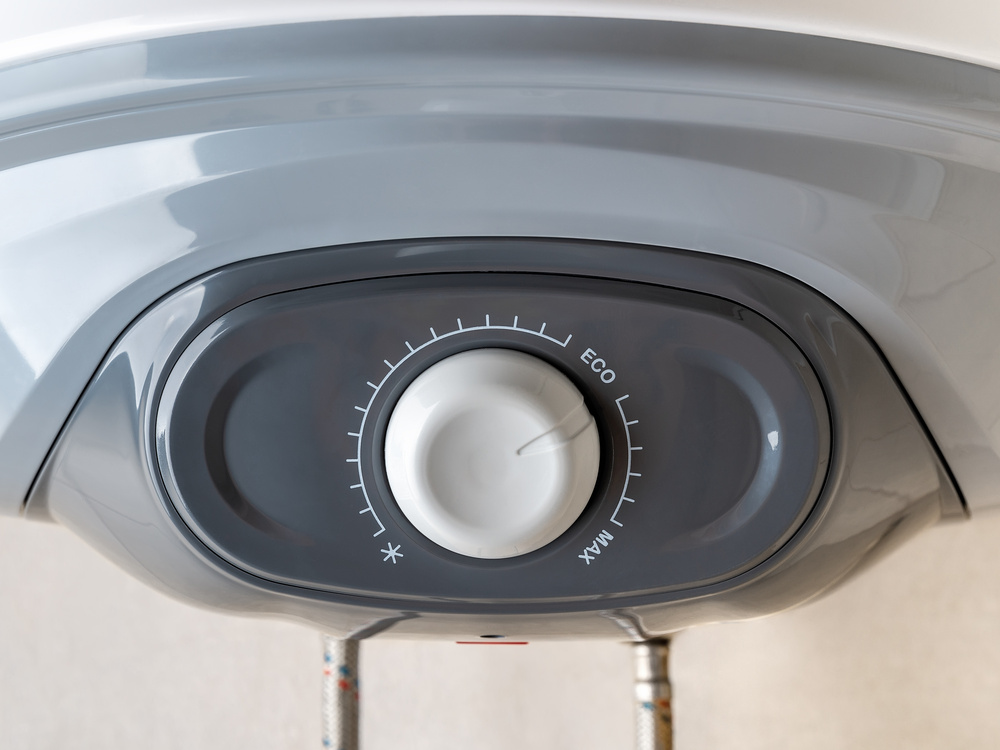Call or Text
801-438-4793Indoor Air Contaminants and Health
December 1, 2014
The indoor air is full of a range of contaminants at any moment–from germs and micro-bacteria to pet dander and other allergens. Indoor air quality is an important indicator of overall health and well-being in a space, but doesn’t necessarily directly impact personal health–positively or negatively. Outside of health and research facilities harboring sensitive substances or data, few indoor spaces enjoy completely pure air. Because of the fact that even the outdoor air we breathe on a daily basis can be considered anything but pure, taking the inevitable contamination of an indoor space too seriously can be counterproductive. Nevertheless, it is important to recognize that air quality has an impact on health and well-being, and that working toward better indoor air quality is a positive thing overall.
Improving Air Quality
Air contaminants can vary widely depending on the exact space. Indoor spaces, especially during the colder months when there is less natural air circulation coming in from outside, often become contaminated with a variety of particulate matter over the average week and month. Reducing the particulate matter in your indoor air is a good way to address poor, potentially unhealthy air, and taking steps to maintain better air quality on a daily basis will be in your best interest over time.
Air purifiers are good ways in which to reduce the levels of contaminants in your home. These devices can be mechanical air filters or electronic air cleaners. Mechanical filters work by capturing particles on filter materials, whereas electronic filters use electrostatic attraction to trap charged particles. There are also a variety of air cleaners that utilize UV light to destroy pollutants. There are advantages and drawbacks to each one of these varieties of filtration and air purification systems.
- Mechanical Filters- These filters are most effective at trapping large airborne particles, such as dust, pollen, pet dander, dust mites, and some molds. Many of these particles settle quickly, so these air filters may not be able to remove them completely from indoor areas.
- Electronic Filters- These draw air through ionization sections where particles become electrically charged. The charged particles accumulate on a collector plate that is oppositely charged. Ionizers then disperse the charged ions where they attach to airborne particles and settle on nearby surfaces.
- UVGI Cleaners- Through ultraviolet radiation from UV lamps, biological pollutants can be destroyed. Viruses, bacteria, allergens, and mold are all contaminants that can be eradicated with these cleaners. These are ideal systems to be used in conjunction with a filtration system to remove these contaminants from HVAC surfaces.
Most air cleaners and filtration systems have varying degrees of effectiveness. Some systems are more effective at removing large particles; others smaller, and many electronic filters can produce ozone. Portable air filters can be effective at cleaning air from room to room by circulating and filtering air, but these must be constantly adjusted in each room. Air filtration systems can be useful in removing micro-particles from the indoor air, but may not reduce contaminants enough to prevent health problems like allergies and asthma. Nevertheless, having cleaner indoor air will help your home look, feel, and smell much better.
Recent News

How to Prevent Mold in a Utah Home After Plumbing Repairs
September 11, 2025

A Utah Homeowners’ Guide to Smart Thermostats
September 10, 2025

My Water Heater’s ECO Switch Keeps Tripping – What Does It Mean?
August 21, 2025

Calling a Contractor for HVAC Services Shouldn’t Be a Nightmare
August 20, 2025

7 Hidden Fittings That Make Your Plumbing Work
July 21, 2025

Never Underestimate the Value of Your Furnace and AC Filter
June 25, 2025
